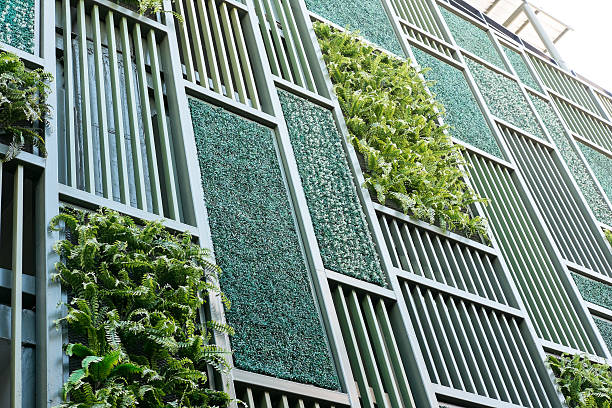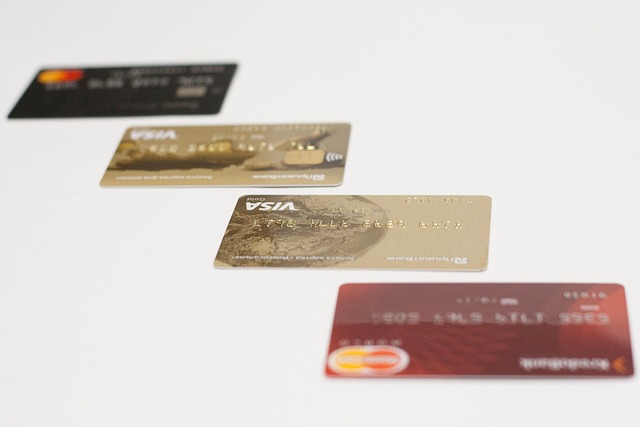Advancing Business Sustainability Through Ecodesign: A New Perspective
In an era where sustainability is increasingly taking center stage, businesses are seeking ways to integrate environmentally-friendly practices. One such strategy that is carving a niche is Ecodesign. Let's explore how this innovative approach is reshaping industrial and business landscapes.

Ecodesign: A Historical Context
The concept of Ecodesign, also known as environmentally conscious design, dates back to the late 20th century. It emerged as a response to growing concerns over environmental degradation and resource depletion. Ecodesign integrates environmental considerations into product design and development, aiming to reduce the environmental impact throughout a product’s lifecycle. This approach spans from raw material extraction to disposal, fostering sustainability.
Latest Trends in Ecodesign: Expert Insights
In recent years, Ecodesign has evolved from a niche concept into a mainstream business strategy. Businesses are increasingly recognizing the economic benefits of Ecodesign, such as cost savings from efficient resource use and waste reduction. Additionally, Ecodesign opens up new market opportunities for companies, as consumers are becoming more environmentally conscious. Experts predict that the adoption of Ecodesign will continue to gain momentum.
Impact and Challenges of Ecodesign
While Ecodesign benefits are undeniable, implementing this approach is not without challenges. Companies often face hurdles such as a lack of technical expertise, high initial costs, and resistance to change. However, these challenges can be overcome with strategic planning, investment in skills development, and fostering a culture of sustainability.
Ecodesign: Practical Applications
Numerous companies have successfully incorporated Ecodesign into their operations. For instance, Philips, a leading electronics company, has integrated Ecodesign in over 90% of its product development projects. This has resulted in significant reductions in energy consumption, waste, and carbon emissions. Similarly, IKEA has adopted Ecodesign principles in its furniture design, contributing to its sustainability goals.
Ecodesign: Key Considerations
- To implement Ecodesign successfully, companies need a comprehensive understanding of their product lifecycle and environmental impacts.
- Collaboration among different departments is crucial to ensure that environmental considerations are integrated at every stage of product development.
- Ecodesign requires a shift in mindset. Companies need to view environmental sustainability not as a burden, but as an opportunity for innovation and competitive advantage.
Conclusion
Ecodesign offers a unique approach to sustainability, enabling businesses to reduce their environmental impact while reaping economic benefits. Despite the challenges, with the right strategies and mindset, companies can successfully integrate Ecodesign into their operations, paving the way for a more sustainable future.




